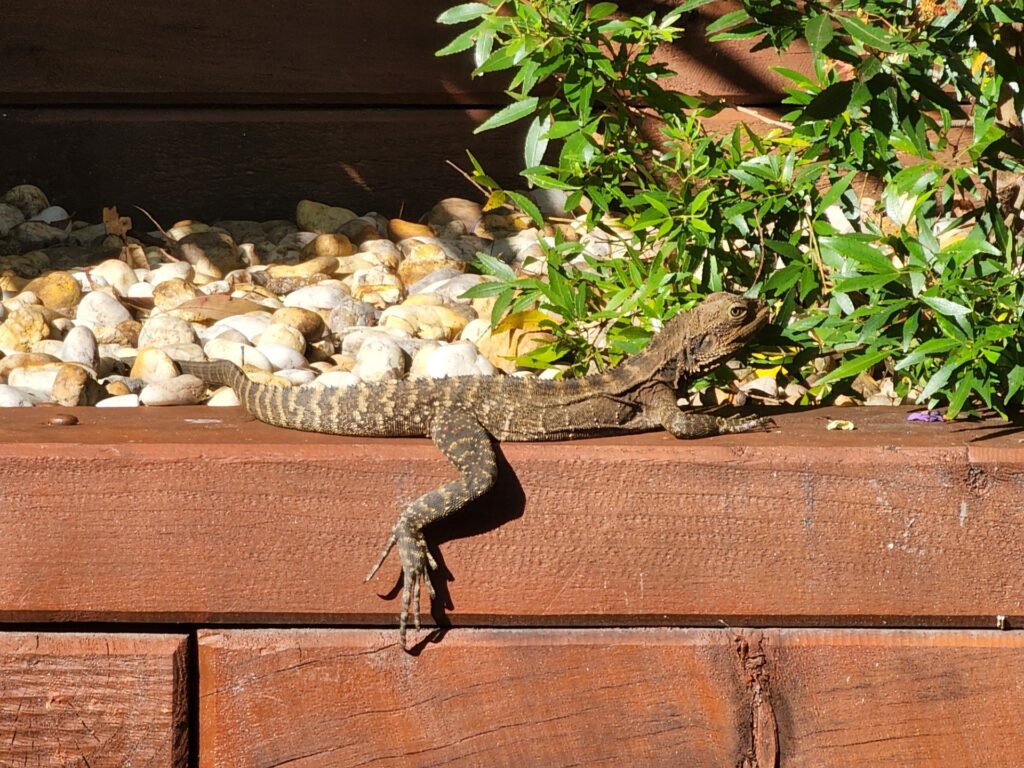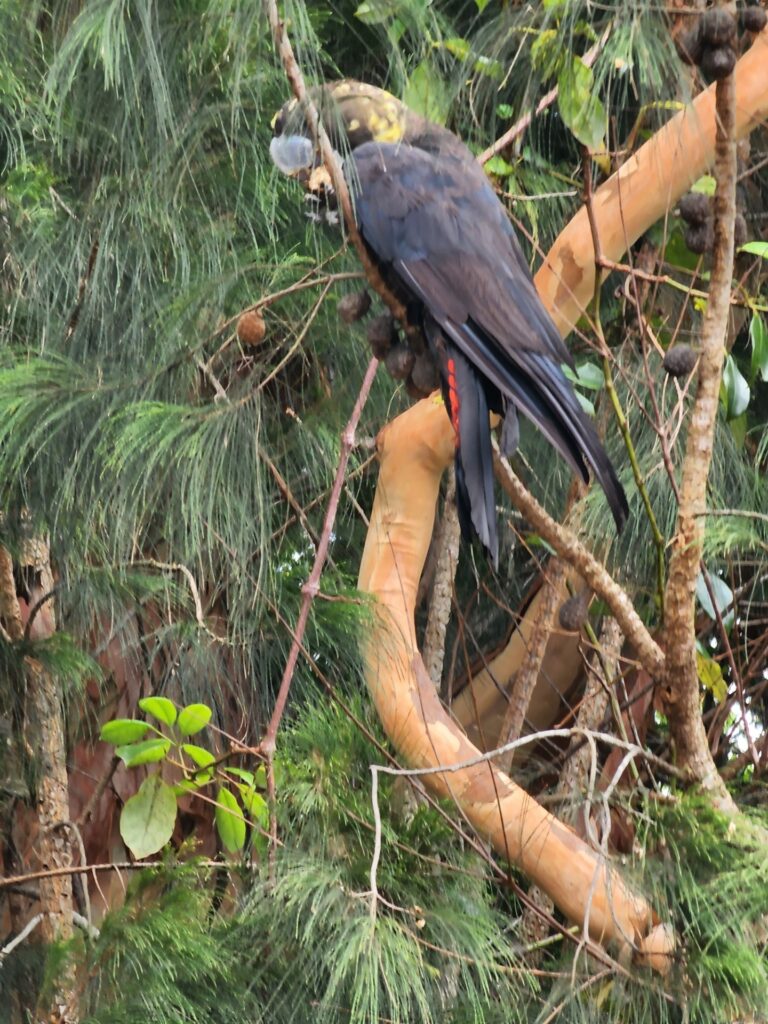Making your garden an attractive habitat for native species doesn’t have to be a large-scale or expensive project – taking the smallest steps, like planting tube stock or leaving out tiny bowls of water, can attract insects, birds and reptiles.

By Jacquelene Pearson
The national Habitat Stepping Stones program, under the auspices of Macquarie University in Sydney, is celebrating its 10th anniversary this year. Over 8000 food, water and shelter elements have been added to residences and businesses across Australia since August 2013 thanks to this initiative.
Program Director, Tracey Hawkins, said the project was created by the Australian Research Institute for Environment and Sustainability (ARIES). “ARIES was a research institute at Macquarie University, and they decided to do a pilot project with KuRingGai Council using grant money from the NSW Environmental Trust,” Hawkins said.
Initially Ku-Ring-Gai council staff worked with ARIES to promote the project to residents and community groups. ARIES staff visited primary schools and community groups and attended local events to get the word out. Other councils have joined over the years and currently totals 17: Bayside (Kogarah region), Blacktown, Canada Bay, Canterbury Bankstown, Cessnock, City of Sydney, Cumberland, The Hills Shire, Inner West, Ku-Ring-Gai, Livingstone (Qld), Mid Murray (SA), Northern Beaches, North Sydney, Parramatta, Putty Valley and Waverley.
Tracey said that while she approaches councils directly to be part of the scheme, many have come to her to sign up. “When a council joins our program, we have a horticulturalist in the team who identifies local plants for that area and who then creates the information sheets we use on our website. We identify about 40 plants of different sizes and heights which are indigenous to that region. We use a variety of plants to provide food and shelter for a range of insects, birds and other animals. Every plant we have listed is easy to find and we have a list of suppliers on our website to make it easier for people to buy their food, water and shelter elements”.
Tracey stressed that anyone could join the project even if their council has not partnered with the project.
The first step
Habitat Stepping Stones makes it easy for anyone, anywhere in Australia to take the first step to transforming their garden or outdoor space into a wildlife refuge (even a tiny one). Start with a visit to the Habitat Stepping Stones home page. The top lefthand corner asks you to select your state from a dropdown menu. Once you’ve chosen your state, a drop-down box will show the Councils who have signed up. If your council is not listed, the website includes a list of plants that you can grow in your State.
The project asks you to make the pledge to add at least three elements to your outdoor space. “If your council is listed, you will be presented with a list of indigenous plants in your council area. You will be asked to include water sources such as bird baths, shelter in the form of a nesting box or create a little log pile or rock pile. “You can then choose to have a bird on the website map to denote that a pledge has been made at your location. This allows people to see if their Habitat Stepping Stone is connected to other stepping stones such as wildlife corridors and other pledgers. It is $25 to pledge and the proceeds are used to cover the program’s costs. Pledgers will receive a plaque for their fence which is made on campus.

“After pledging we encourage people to join our Facebook group, to follow our social media accounts on Facebook, Instagram and Twitter. We love it when people share their before and after photos or ask a question about something that is happening in their outdoor space. We also get to see landscapes that are reflective of all of Australia. For example, one of our pledgers lives in the Northern Territory and has shown his before and after photos. It’s great to see how he has encouraged wildlife to his garden”.
“The project is popular because people are feeling the effects of climate change and are making the connection between climate change and biodiversity loss. They want to make a difference in some way. Adding a dish of water, some Scaevola, and Everlasting Daisies will attract butterflies and dragonflies. Lillypillies will attract the native bees and, even if you are in a small space, planting native violets will bring insects to your garden and the insects will bring birds to the garden”, Tracey said.
As well as individual residences, Habitat Stepping Stones also has schools and preschools taking part in the project. One Victorian preschool has five of their centers involved, ensuring that environmental education starts early”.
If your council is not part of the scheme, why not ask your local councillors or environmental staff to check it out?


